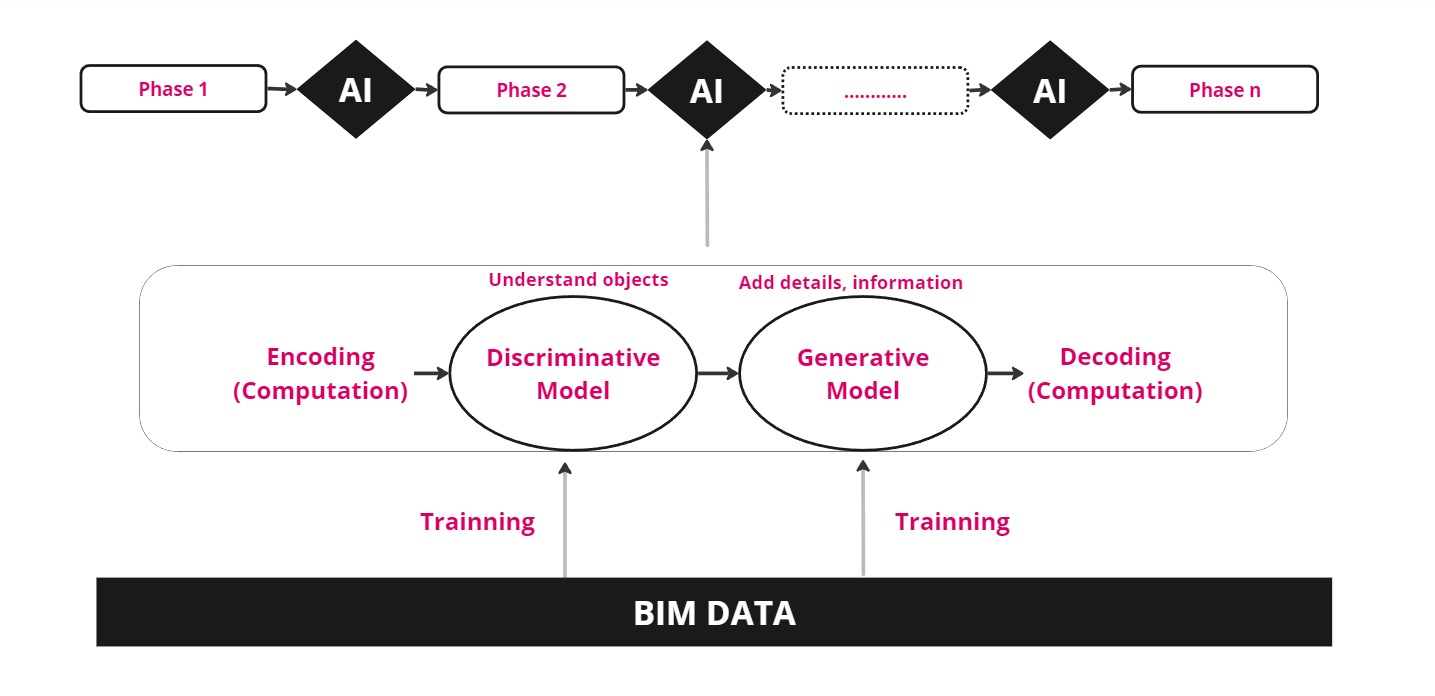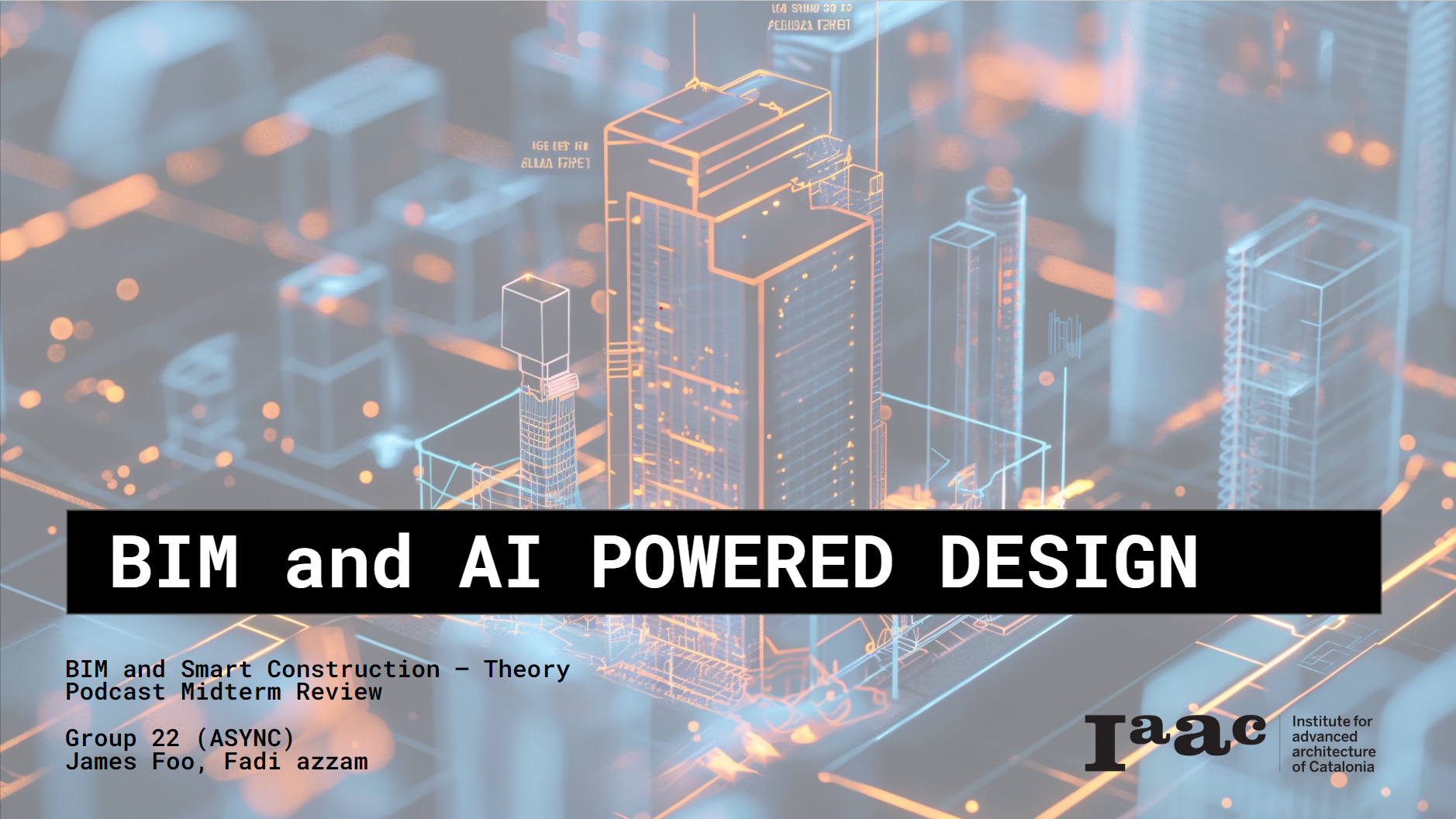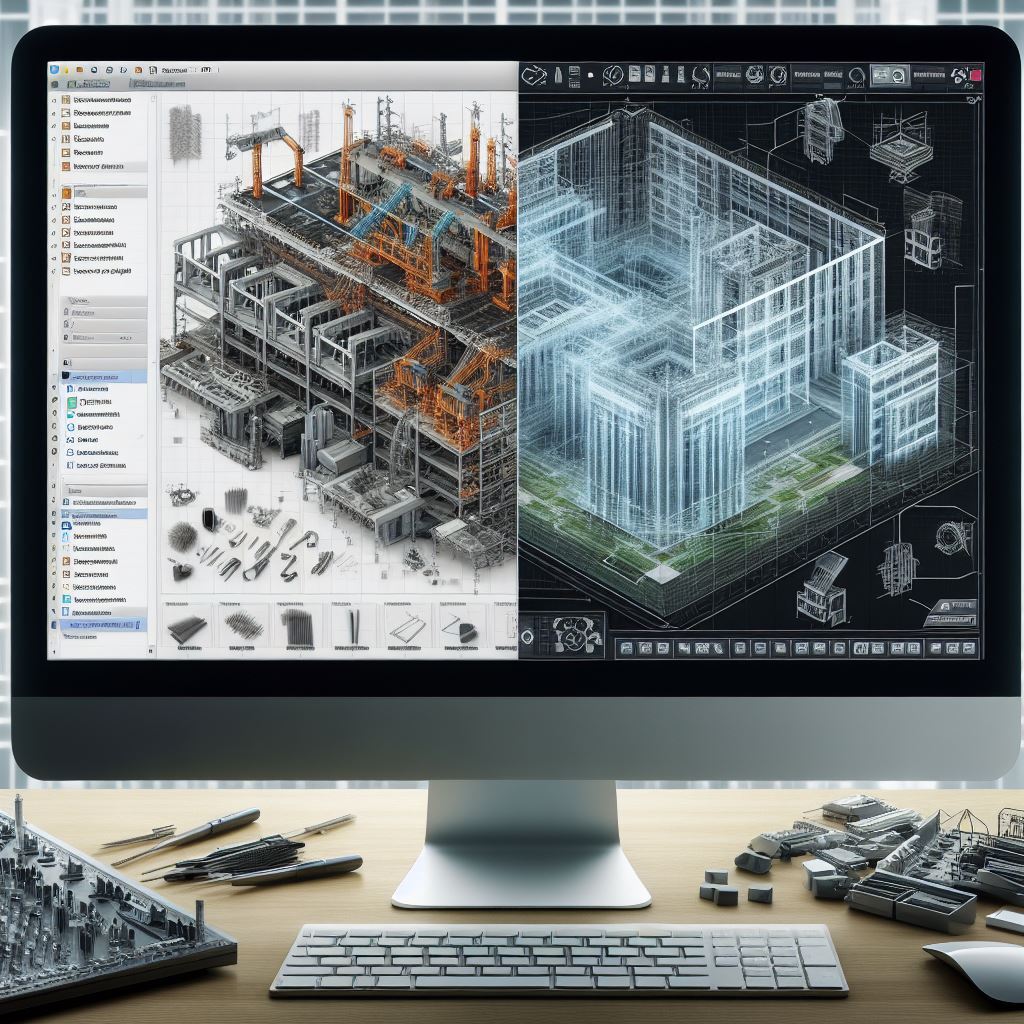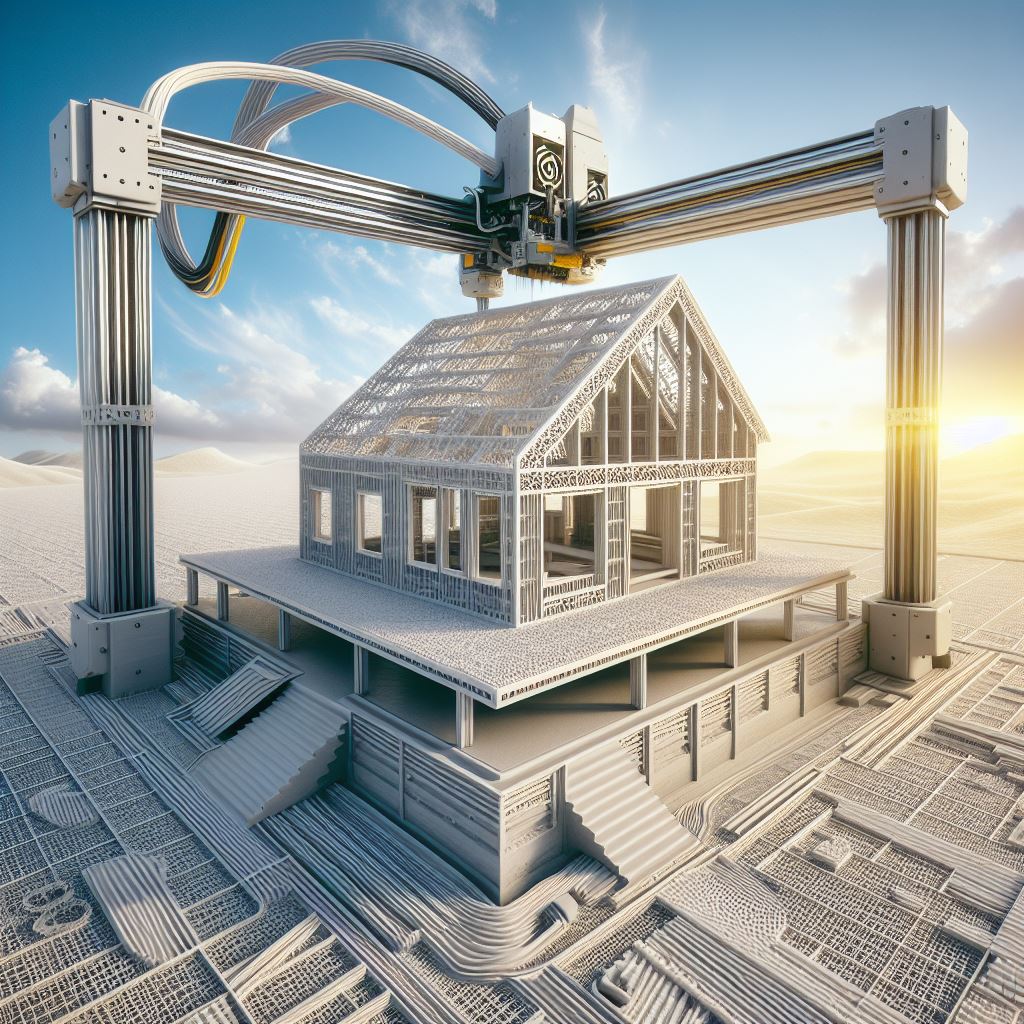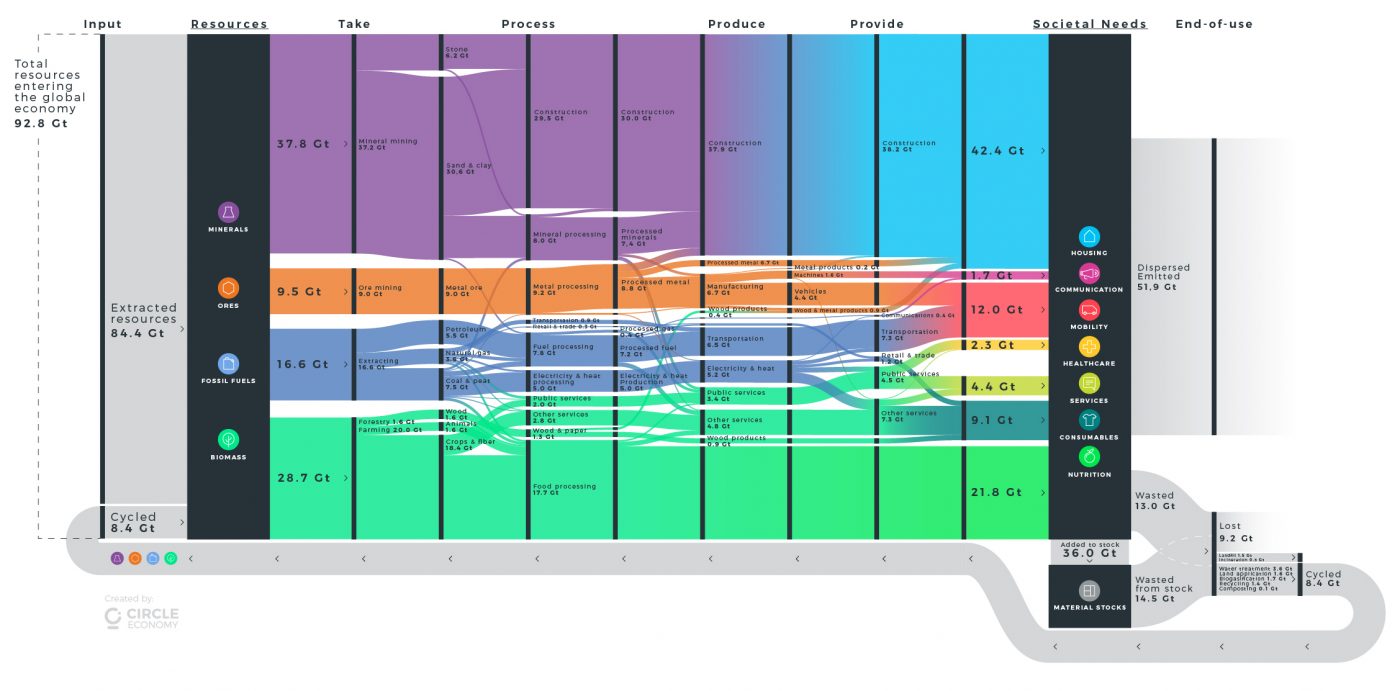Automated Construction Through the Integration of BIM and Digital Twins
Digital twins or “digital replica” refer to a highly detailed virtual model of a physical building or infrastructure project, and through real-time monitoring the delivery of continuously updated data about systems and construction processes can be recorded within BIM. In a “House of Digital Twin”, the foundation of the house is Building Information Modeling (BIM), … Read more



